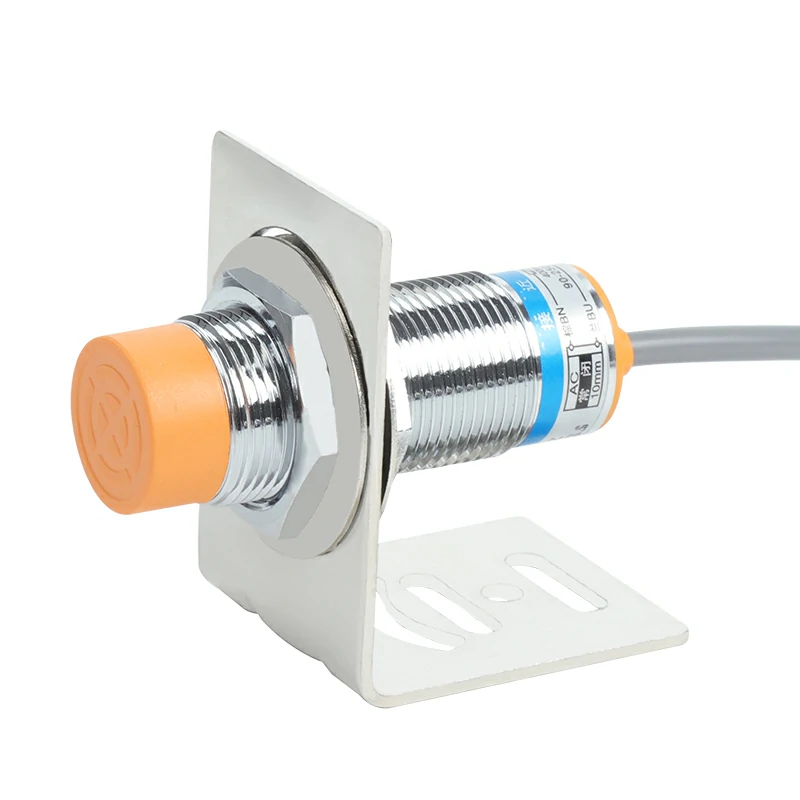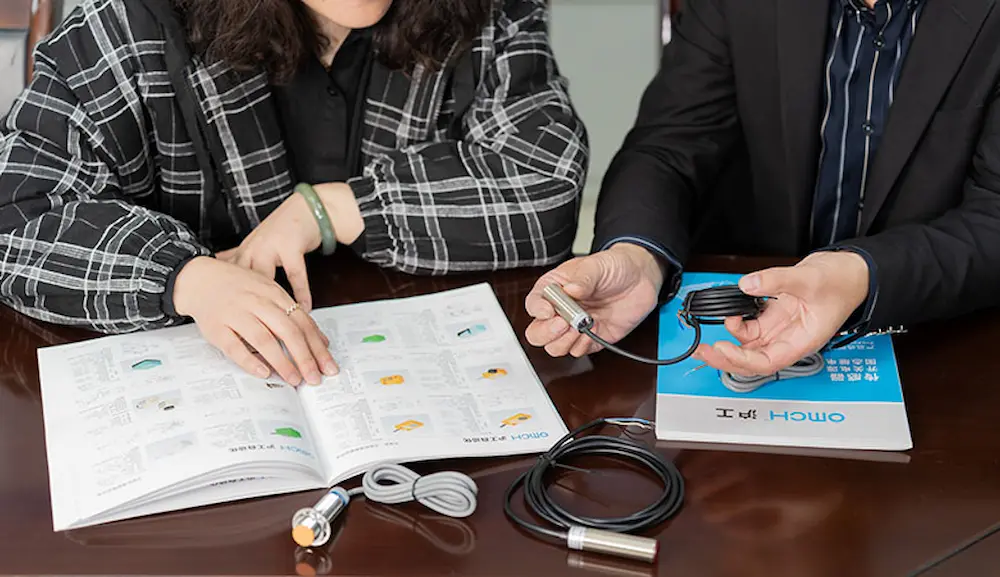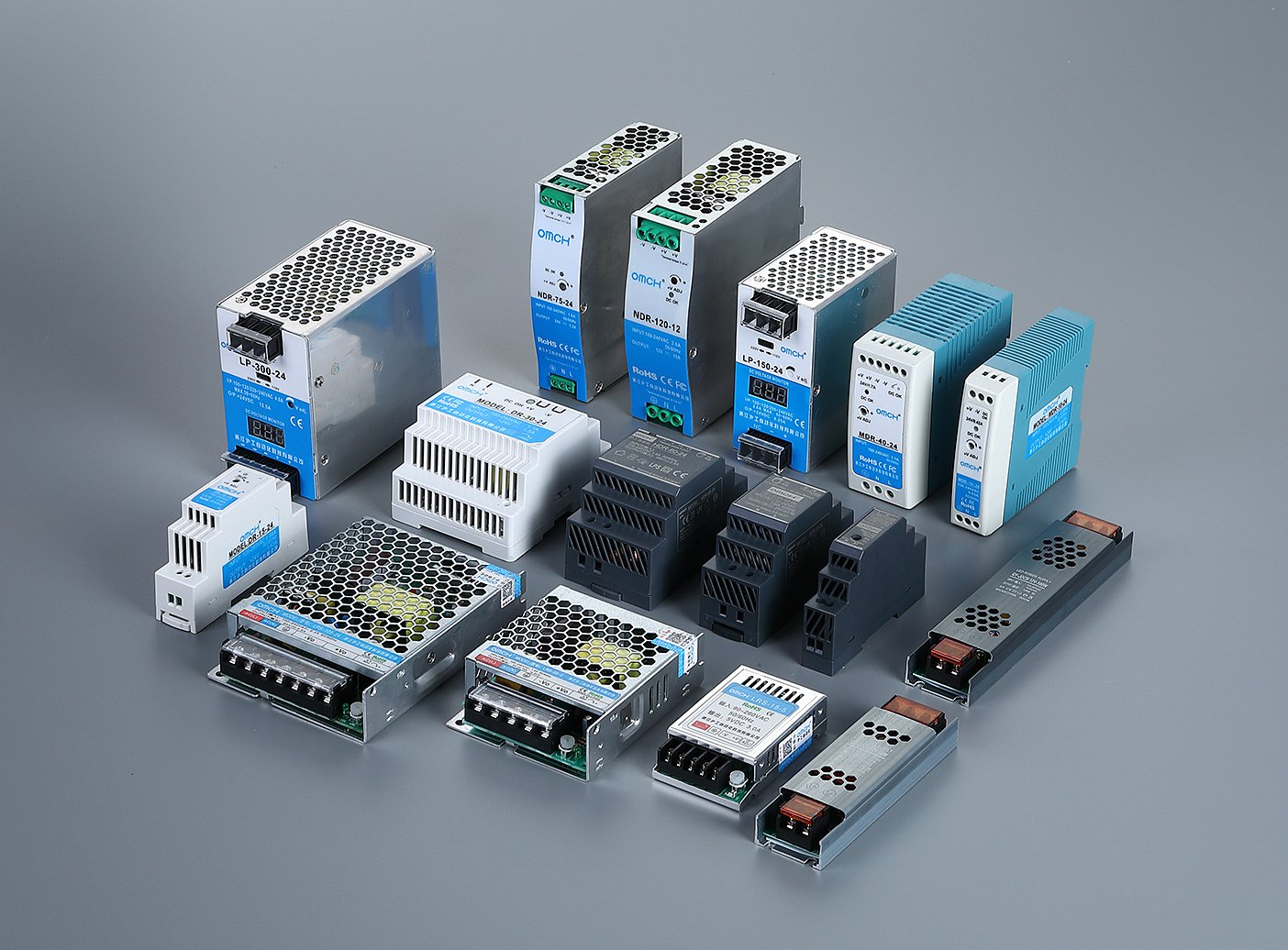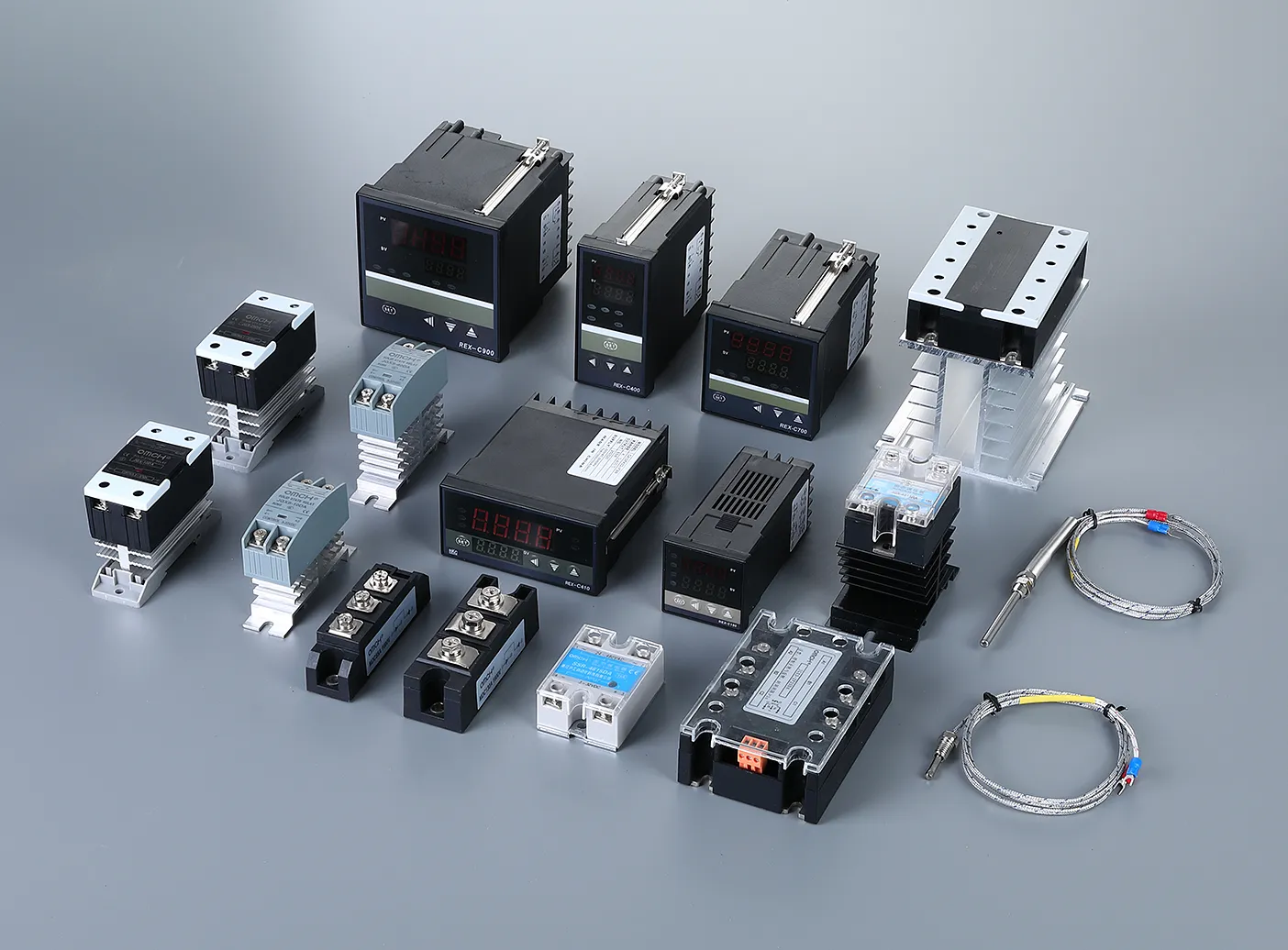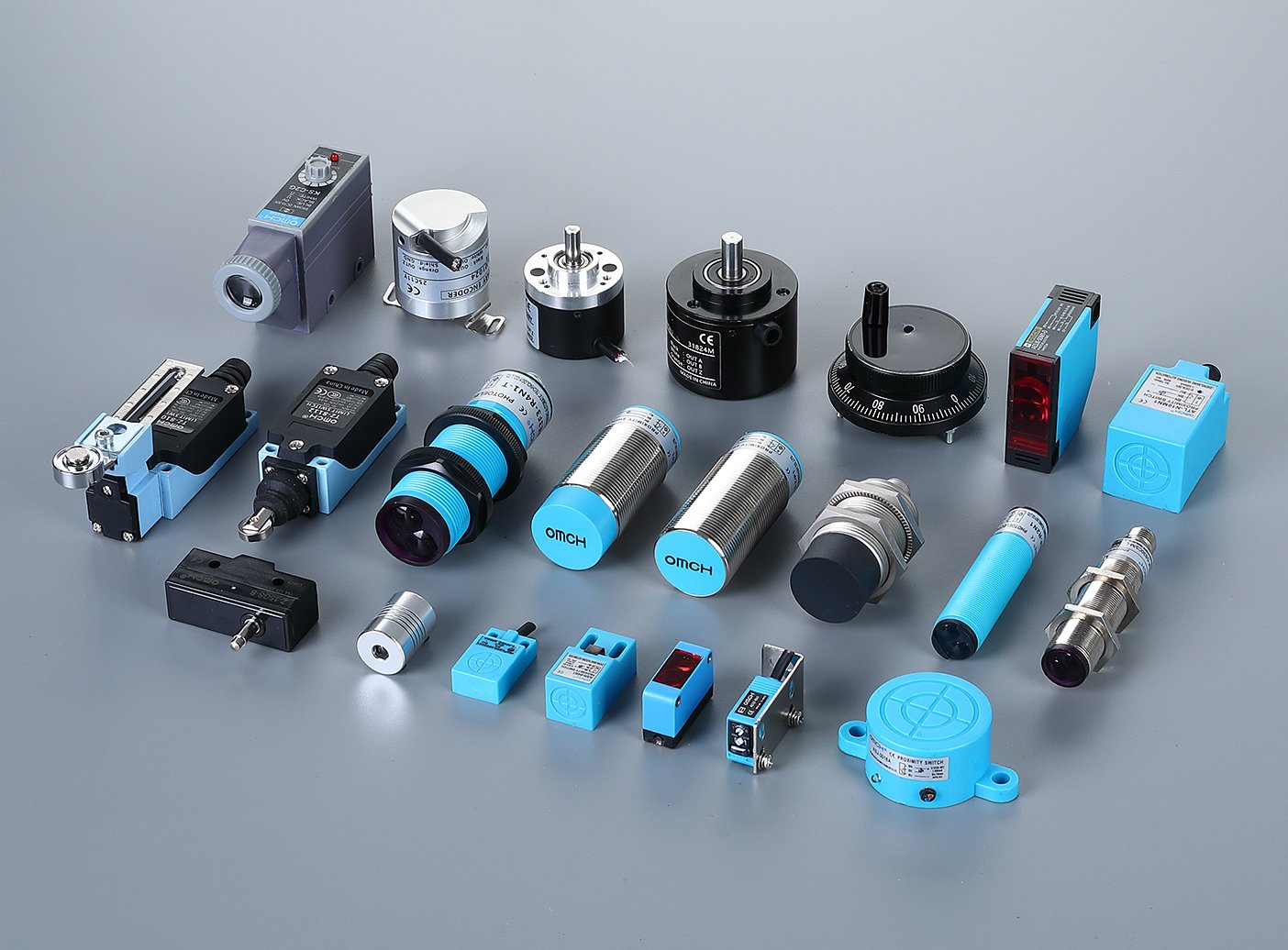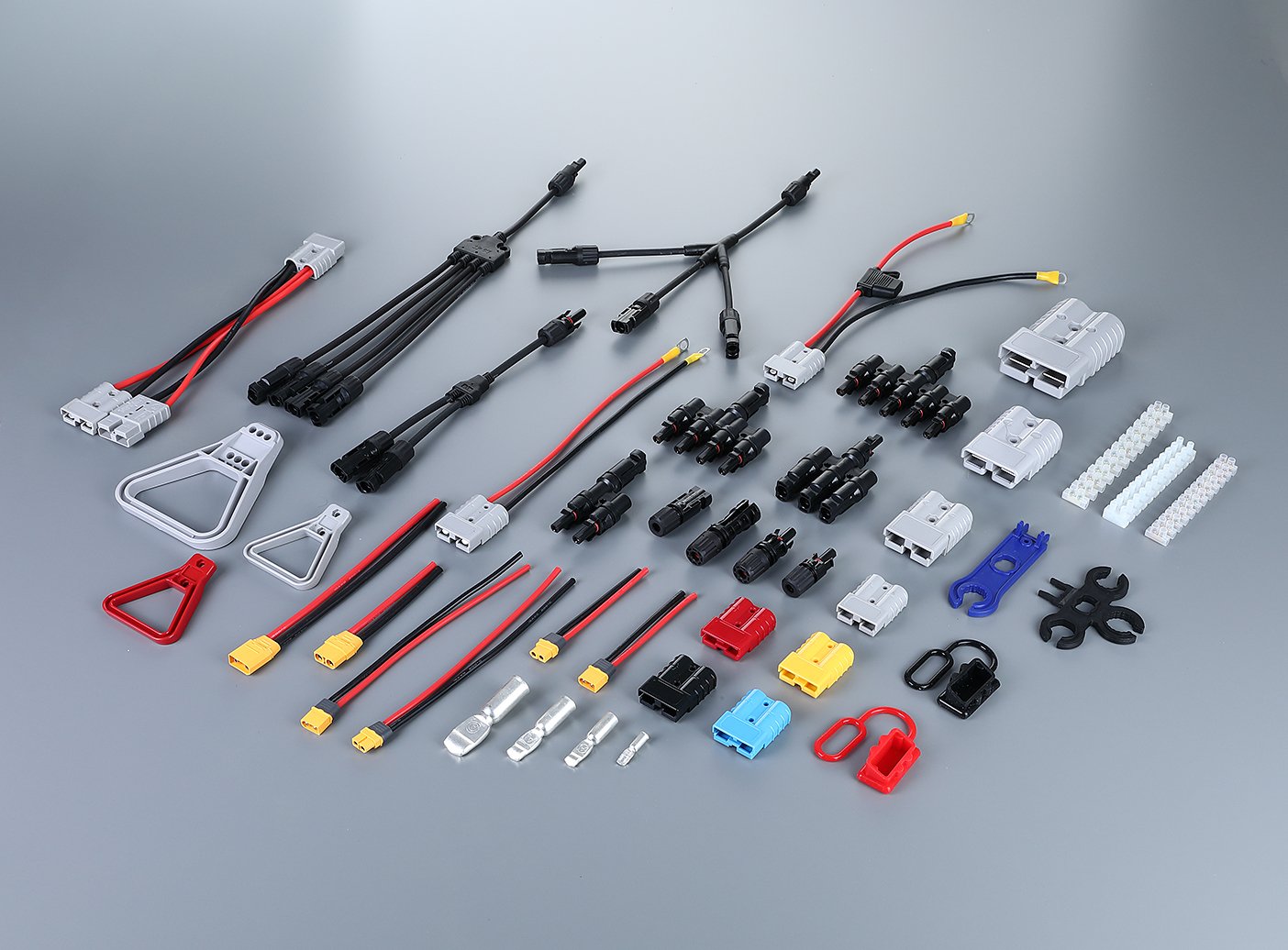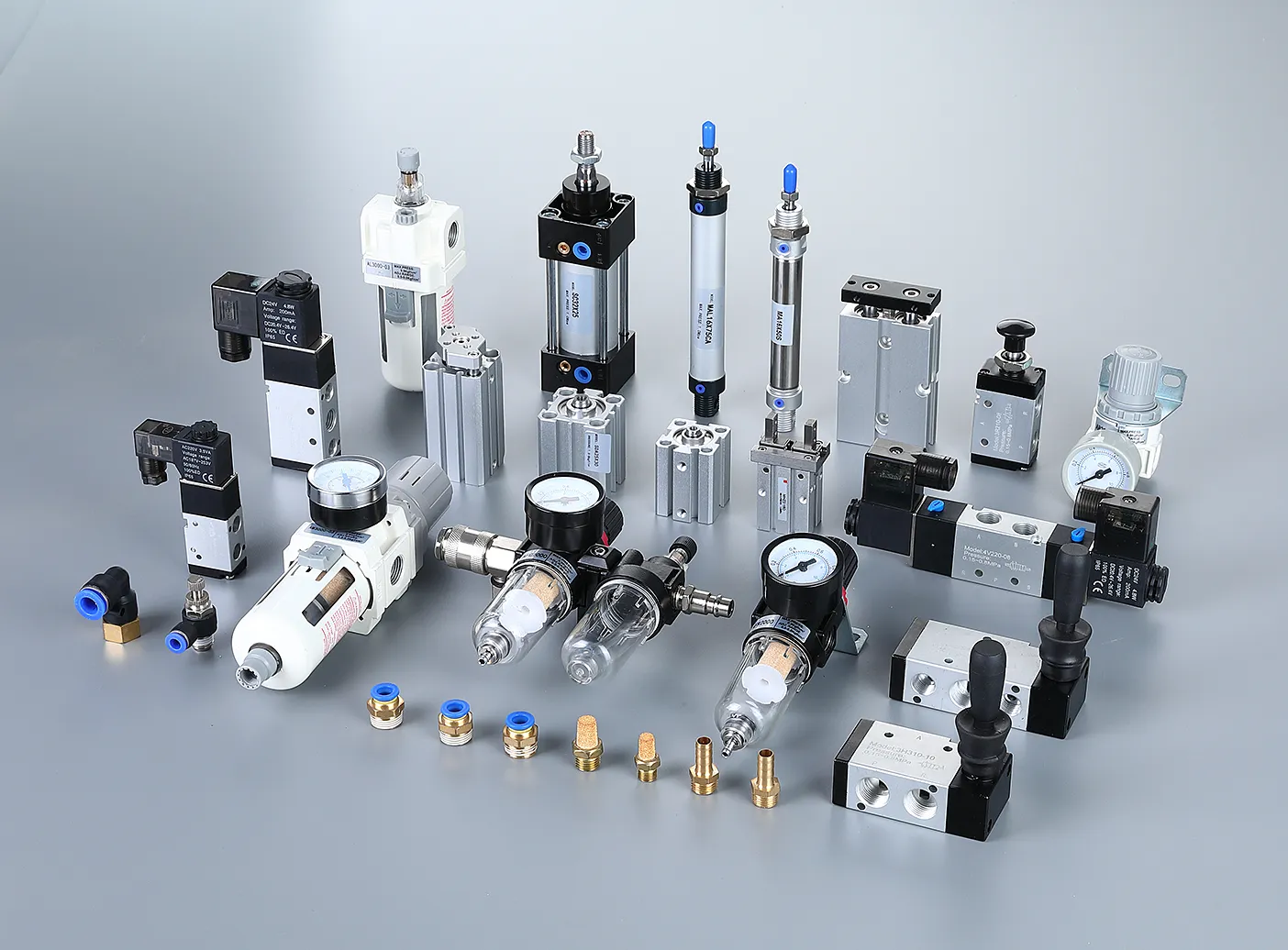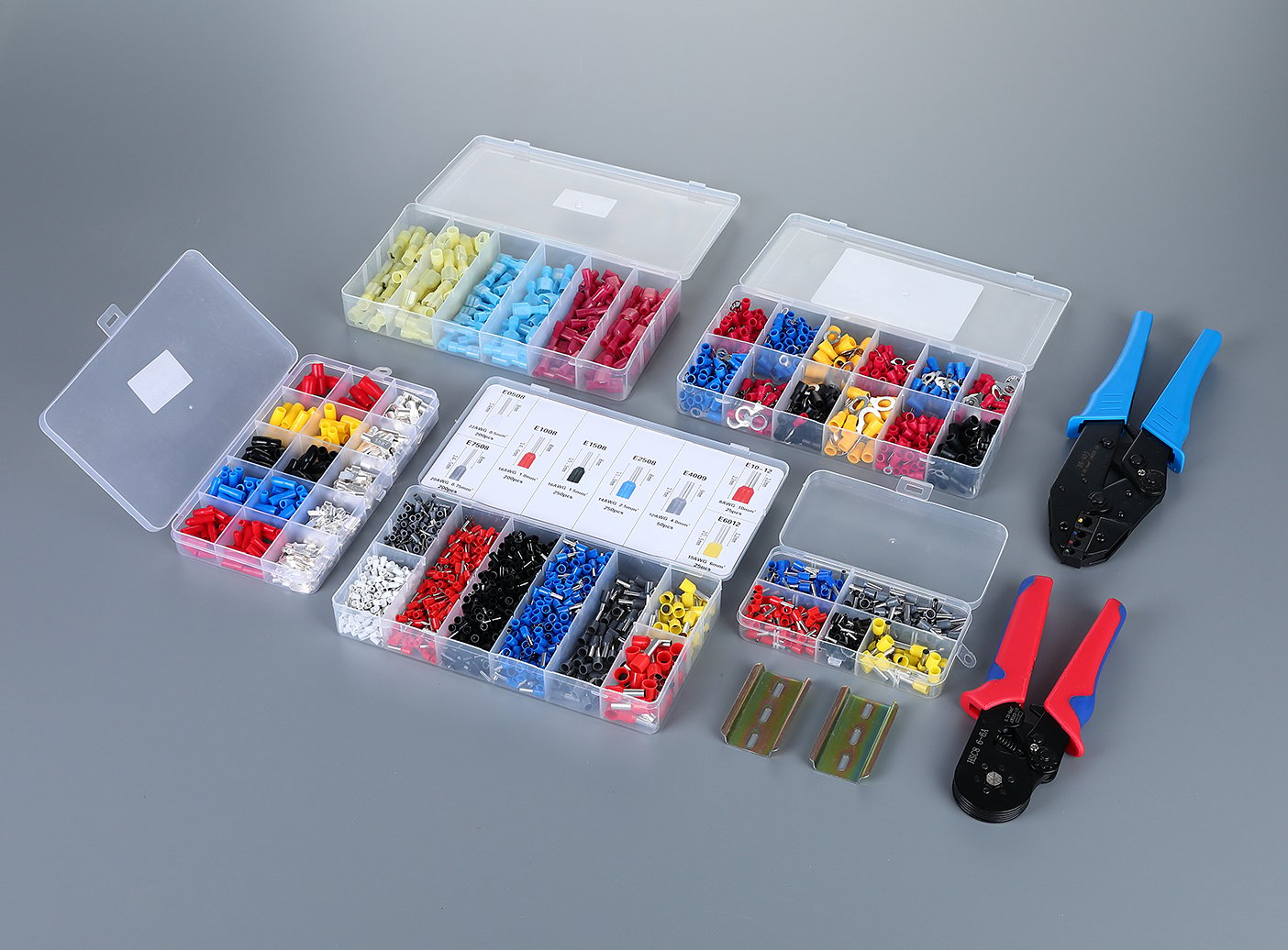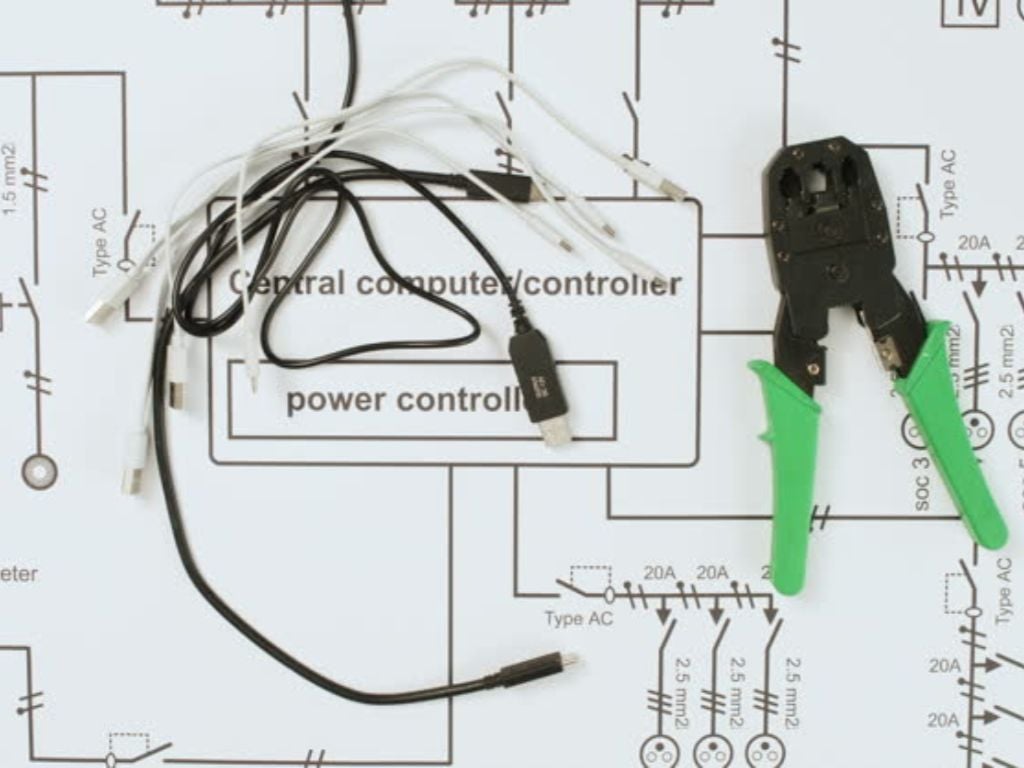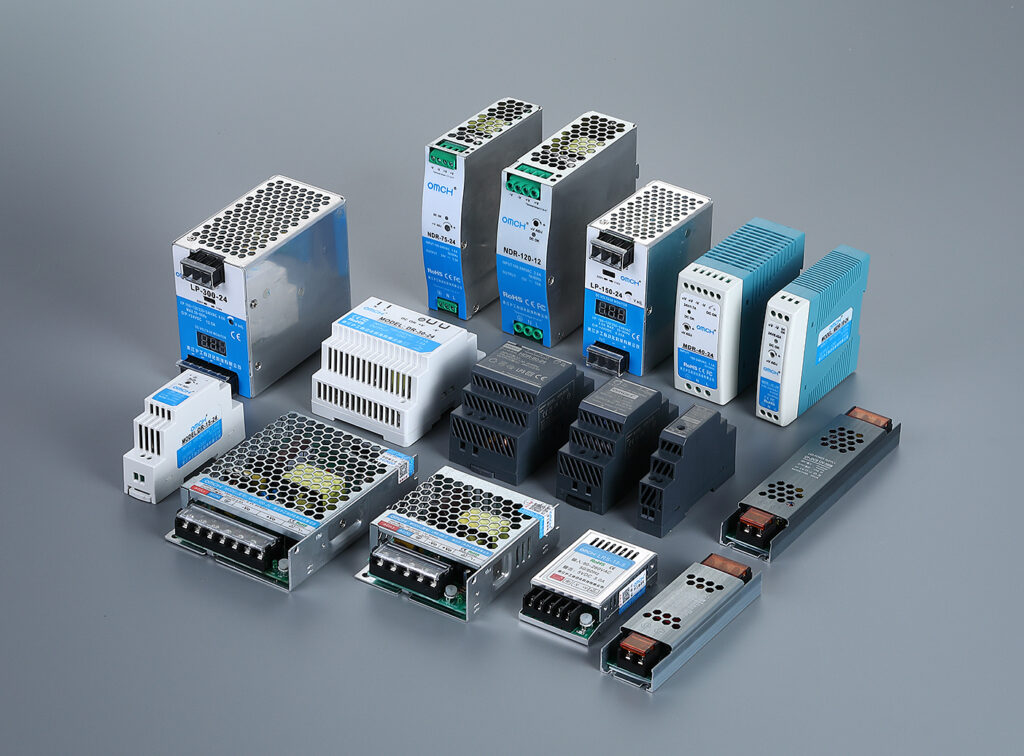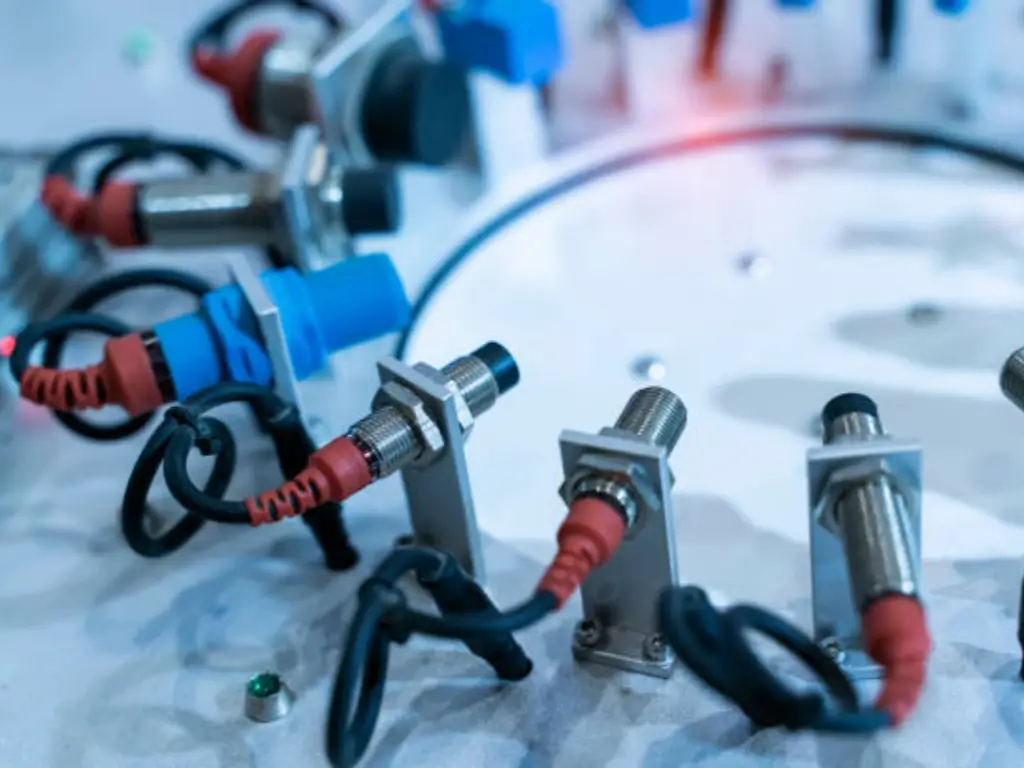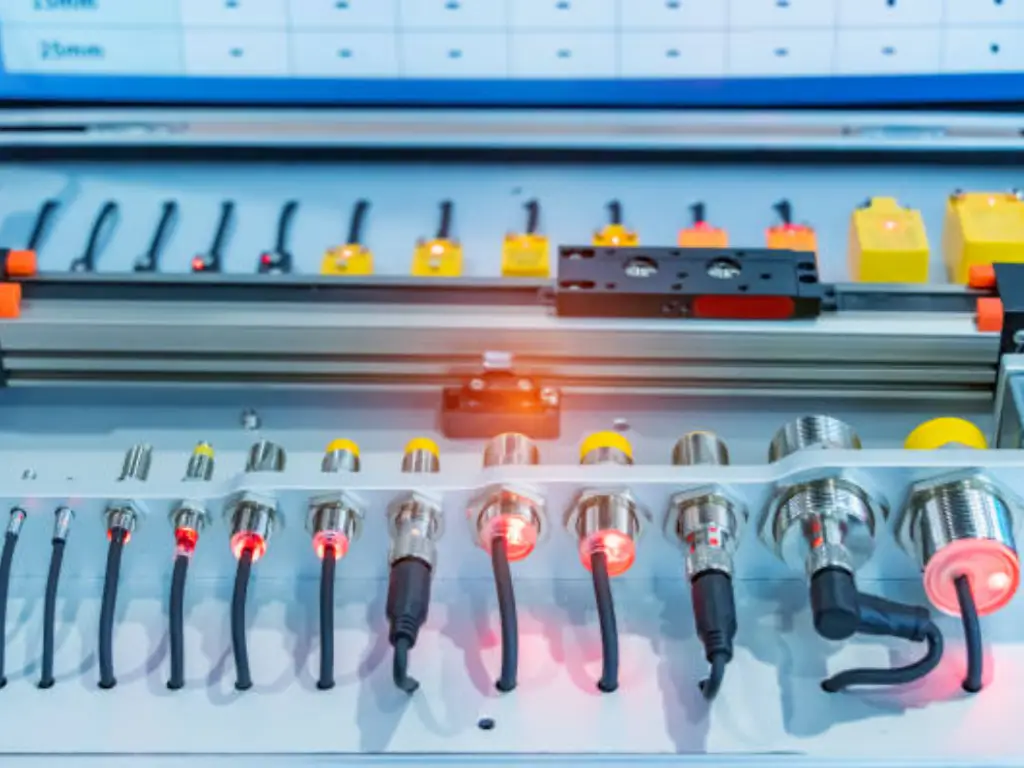
The success of many industrial automation systems is dependent on the reliability of the basic building blocks in the complex ecosystem of industrial automation. Limit switches are some of the most important. The unsung heroes provide simple, robust, and dependable position detection. Although new sensor technologies are being developed, the limit switch will continue to play a critical role because of its simple design, durability and affordability in industrial uses.
The choice of the proper limit switch out of the huge variety of the existing ones is, however, a crucial engineering choice. Making the wrong decision may result in early failure, equipment outage, and loss of safety. This paper offers a logical structure to the various kinds of limit switches, assessing their important features, and aligning them accurately to your exact automation needs.
What is a Limit Switch and Why Use One?
In its simplest form, a limit switch is an electromechanical device that can be used to sense the presence or absence of an object by direct contact. It works on the basis of physical contact between an actuator and the moving object. The mode of operation operates the actuator, which activates an internal process of opening or closing a series of electrical contacts, closing or completing an electrical circuit. This mere act provides an indication to a control system, e.g., a Programmable Logic Controller (PLC), a motor starter or an indicator light.
The core value proposition of a limit switch is its complete reliability and ease. A limit switch has a clear binary response: either it has been physically operated, or it has not, unlike non-contact sensors which may be influenced by material properties, color or environmental contaminants. This makes it a perfect solution to applications where certainty is a priority.
Key reasons for their continued prevalence in automation include:
- Durability: Designed for industrial environments, many limit switches feature rugged metal housings capable of withstanding significant physical impact, vibration, and exposure to coolants and debris.
- High Current Capacity: They can often switch higher electrical loads (both AC and DC) directly, such as small motors or solenoids, without the need for an intermediary relay. This can simplify circuit design and reduce costs.
- Cost-Effectiveness: For simple presence/absence detection, limit switches provide one of the most economical solutions available, both in terms of initial purchase price and long-term maintenance.
- Immunity to Interference: Their mechanical nature makes them inherently immune to electrical noise and electromagnetic interference (EMI), which can be a significant advantage in environments with large motors, welders, or variable frequency drives.
From controlling the travel of a machine tool slide to confirming a safety guard is in place, the limit switch provides a foundational layer of control and safety in countless applications of limit switches.
Classifying Switches by Actuator Type
The most immediate and functional way to differentiate limit switches is by their actuator—the part of the switch that makes contact with the target. The geometry and mechanics of the actuator dictate how the switch can be used and what kind of motion it is best suited to detect. Understanding these classifications is the first step toward proper selection.

Lever Actuators (Roller, Adjustable)
The most common are lever-type actuators, which are versatile and can be used in a broad variety of applications. They are made of an arm (the lever) that pivots to make the switch. This design offers a mechanical advantage, which uses less force to operate than a direct plunger. They are best suited to sense objects that pass by the switch because the lever can be bent and then back to the starting point.
- Roller Lever: A small roller at the tip of the lever reduces friction and wear, making it suitable for high-cycle applications where the target object slides or rolls past the switch.
- Adjustable Lever: These models allow for the length of the lever arm and its starting angle to be modified on-site, providing significant installation flexibility to fine-tune the actuation point.
Plunger Actuators (Pin, Roller)
Plunger actuators are designed for short, controlled, in-line machine movements where the target object moves directly onto the switch actuator. They are typically mounted so the target makes a perpendicular approach.
- Pin Plunger: Also known as a “cat whisker,” this simple pin actuator is intended for direct, head-on actuation. It offers high precision but very little overtravel tolerance.
- Roller Plunger: By adding a roller to the top of the plunger, this type can better handle applications where the actuating object may approach from a slight angle or has a sliding component to its motion. This reduces side-loading on the plunger, increasing the switch’s lifespan.
Wobble Stick & Whisker Actuators
The wobble stick actuator is a perfect solution in applications where the target object may be approached in more than one direction. It is a long rod or a flexible spring (whisker) that is capable of being bent in any direction out of its center point to operate the switch. This renders them very useful in activities such as pile-ups on conveyor belts or sensing irregularly shaped objects because the direction of approach is not very important. Their main strength is that they can be detected in several directions.
Rope Pull Actuators
A separate category is rope pull switches, which are mostly applied in emergency stop (E-stop) applications over long distances. An actuating lever on the switch is attached to a steel cable that extends the length of a machine or a conveyor belt. Anywhere along the length of the rope, its pull will cause the switch to trip, and the machinery will be powerless. They play a key role in safety, as they offer a readily available stop control over a large space where it would be impractical to install a number of individual E-stop buttons.
Understanding Contact Configurations (NO vs. NC)

Beyond the physical actuator, the internal electrical configuration of a limit switch is a critical specification. This determines how the switch behaves within an electrical circuit when it is actuated. The most common configurations are Normally Open (NO) and Normally Closed (NC).
Normally Open (NO): In its resting, non-actuated state, an NO contact has a gap in the circuit. Electricity cannot flow through it. Think of it as a drawn-up bridge. When the limit switch is actuated (the plunger is depressed or the lever is moved), the internal contacts are pushed together, completing the circuit and allowing current to pass.
- Typical Use Case: Activating a signal. For example, when a box reaches the end of a conveyor, it actuates an NO switch, which completes a circuit to turn on a “conveyor full” indicator light or start another process.
Normally Closed (NC): Conversely, an NC contact allows electricity to flow through it in its resting, non-actuated state. The internal contacts are touching, keeping the circuit complete. When the switch is actuated, the contacts are pulled apart, breaking the circuit and stopping the flow of current.
- Typical Use Case: Safety circuits. A safety guard on a machine is typically wired with an NC limit switch. As long as the guard is closed, the switch is not actuated, and the circuit remains complete, allowing the machine to run. If the guard is opened, it actuates the switch, which breaks the circuit and immediately stops the machine. This is considered a fail-safe design because if the wire were to be cut, the circuit would also break, stopping the machine.
Many industrial settings use reed switches, proximity switches, and other types of limit switches with common terminal configurations, offering multiple contact types for flexibility in controlling machine parts, refrigerator doors, or overhead garage doors.
| Contact Type | Resting State (Not Actuated) | Actuated State | Common Application |
| Normally Open (NO) | Circuit is OPEN | Circuit is CLOSED | Starting a process, activating a light |
| Normally Closed (NC) | Circuit is CLOSED | Circuit is OPEN | Safety interlocks, E-stop circuits |
| SPDT (NO/NC) | One circuit is closed, one is open | The state of both circuits is reversed | Multi-function control |
Key Criteria for Selecting the Right Switch
To select the most appropriate limit switch, it is necessary to go beyond types and configurations to the specifics of the application requirements. A systematic process is reliable and long lasting.
- Electrical Rating (Voltage & Current): The contacts in the switch should be rated to carry the electrical load they are going to be operating. Incompatibility with this may cause arcing, contact welding, and premature failure. Take into account the voltage (e.g. 24VDC to PLC inputs, 120VAC to motor control) and the current (amperage). Be careful about the distinction between resistive loads (such as heaters) and inductive loads (such as motors and solenoids), because inductive loads generate a large arc when the circuit is interrupted. The switch should be specially rated to the kind of load it will experience.
- Environmental Factors (IP & NEMA Ratings): The operating environment is a primary determinant of switch longevity.
- IP (Ingress Protection) Rating: A global standard that determines the sealing efficiency against intrusion by foreign objects (such as dust) and moisture. A rating of IP67, such as, indicates that the switch is entirely dust-tight and can be temporarily immersed in water. This is typical of machine tool applications that include coolants.
- NEMA (National Electrical Manufacturers Association) Rating: An American standard that specifies protection against environmental hazards. An example NEMA 4 X rating is a watertight, dust-tight, and corrosion-resistant enclosure, appropriate in washdown conditions in food processing or outdoors.
- Operating Force and Travel:
- Operating Force (OF): The force necessary to move the actuator to the contact changing point. This is essential in applications that have lightweight objects that might not be capable of applying sufficient force to trigger a heavy-duty switch.
- Travel/Movement: This refers to the distances the actuator moves. Important terminology is pre-travel (movement prior to tripping), overtravel (movement available beyond the trip point), and differential movement (difference between the trip and reset points). Enough overtravel is necessary to avoid damaging the switch in case the target object overshoots the point of action.

Limit Switch vs. Proximity Sensor: Which to Use?
A common decision point in automation design is whether to use a mechanical limit switch or a non-contact proximity sensor (such as an inductive, capacitive, or photoelectric sensor). Each has distinct advantages, and the choice depends entirely on the application.
Choose a Limit Switch when:
- High Reliability is Essential: Physical contact provides a near-absolute confirmation of the object’s position.
- The Environment is Challenging: They are unaffected by the target’s color, material (for the most part), surface finish, or the presence of dust, oil, or water that might fool an optical or capacitive sensor.
- A Higher Electrical Load Needs to be Switched Directly: Their robust contacts can often handle higher currents than the solid-state outputs of a proximity sensor.
- Cost is a Primary Driver: For simple applications, limit switches remain one of the most economical choices.
Choose a Proximity Sensor when:
- The Target is Fragile or a Finished Surface: Non-contact sensing prevents any marring or damage to the object being detected.
- High Switching Speeds are Required: Proximity sensors have no moving parts and can operate at much higher frequencies than mechanical switches.
- A Long Service Life is Needed in High-Cycle Applications: With no mechanical parts to wear out, a proximity sensor’s lifespan is not limited by the number of actuations.
- The Sensing Environment is Clean: They perform best when the sensing face and target area are free from debris that could cause false triggers.
| Feature | Limit Switch | Proximity Sensor |
| Sensing Principle | Mechanical Contact | Non-Contact (Inductive, Photoelectric, etc.) |
| Switching Speed | Low to Medium | Very High |
| Service Life | Limited by mechanical wear | Virtually unlimited (solid-state) |
| Environmental Resistance | Excellent (to contaminants, EMI) | Varies; can be sensitive to debris, color |
| Target Damage | Possible (physical contact) | Impossible (no contact) |
| Cost | Generally Lower | Generally Higher |
Partnering with a Reliable Component Supplier
After you have decided on the technical specifications of the ideal limit switch, the next step is sourcing. The engineering specifications are as important as the quality of the component and the trustworthiness of its supplier. Poor quality of products, out of stock, or technical support may ruin a project and spoil your reputation.
To distributors and B2B customers in the industrial automation market, efficient sourcing of high quality components is of utmost importance. We are experts in supplying a full line of quality electrical and control components, which include a broad selection of limit switches at OMCH (https://www.omch.com/). We enable our partners through powerful products and a lean supply chain that is capable of addressing the demanding requirements of contemporary industry.
Our Commitment to Quality and Durability
All the parts, a micro switch to a heavy-duty limit switch, should work under the harsh conditions perfectly. We make sure that our products are produced to high international standards with high grade materials used in housings, actuators and contacts. This dedication implies that our partners can provide solutions to their end-users with assurance that the components are designed to be durable.
A Broad Inventory for Diverse Applications
The sheer variety of automation challenges requires an equally diverse product catalog. Our extensive inventory covers the full spectrum of limit switches—from miniature models for compact machinery to heavy-duty, environmentally sealed units for the harshest environments. This breadth ensures that our distributor partners can act as a one-stop shop for their customers, fulfilling any requirement without delay.
Why Distributors Trust OMCH
We understand that our success is directly tied to the success of our partners. We provide more than just components; we provide a partnership. This includes dedicated technical support to assist with product selection, transparent and competitive pricing, and a logistical framework designed to ensure on-time delivery. By simplifying the sourcing process, we allow our partners to focus on what they do best: serving their customers.
Final Checks Before Your Final Decision
You have analyzed motion, environment, and electrical load. You have selected an actuator type and contact configuration. Before finalizing your part number, run through this quick checklist:
- Have I confirmed the physical space? Ensure the switch’s dimensions, including the full travel of its actuator, will fit within the machine’s design.
- Is the mounting orientation correct? Verify that the switch can be mounted securely and that the target will approach the actuator from the intended angle.
- Is sufficient overtravel accounted for? This is a leading cause of mechanical failure. Double-check that the target will not crash into the actuator and damage it.
- Is the wiring plan clear? Confirm whether you need an NO, NC, or both, and ensure the control circuit is designed accordingly.
- Have I chosen a trusted supplier? Your design is only as reliable as its weakest link. Ensure your components come from a source committed to industrial-grade quality.
By following this structured approach, you can confidently select a limit switch that will not only meet the immediate needs of your application but also provide years of reliable service.

